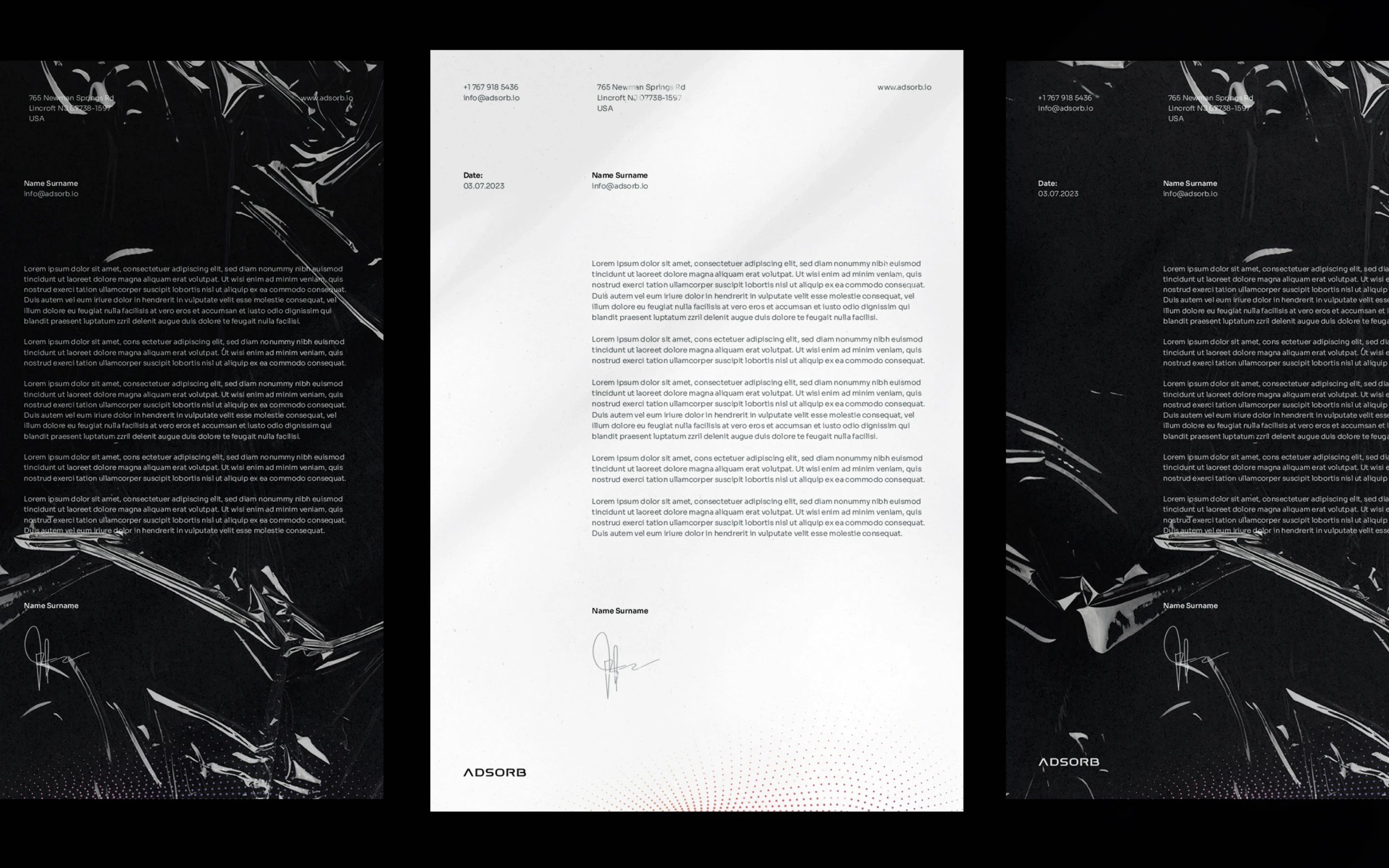Signage Design
Clear, well-placed signs help people find your location, move through your space, and understand your brand without asking questions. Signage design is not just about making things look nice — it’s about solving real problems with visibility, wayfinding, and consistency. If your signs are hard to read, outdated, or poorly positioned, you’re likely losing attention, traffic, and trust.

What’s Included in Our Signage Design Process
A strong sign does more than look nice. It works in the real world. That means we think through lighting, angles, materials, mounting methods, and legal limits. Here’s how our design process works:
On-site or remote consultation
Visual and functional zoning
Concept and layout development
Material and fabrication notes
Scaled mockups or 3D placement
Final production-ready files and manufacturer support
Designs Worth Remembering
A curated mix of visuals that speak louder than words — bold, refined, and uniquely crafted.
























What Makes Our Approach Different
We’re not just a packaging agency or package branding company — we specialize in visual systems. Here’s how we work:
01
Strategic layout thinking
We study the user’s movement: where people enter, where they hesitate, and where they need guidance. Our signs are placed to solve problems, not just decorate walls. We create zoning maps that define high-traffic and decision points before we start designing. This ensures that directional signs appear exactly where users need confirmation or redirection. We also simulate flow patterns to avoid bottlenecks and confusion in complex environments.
02
Architecture-friendly design
We collaborate with interior designers and architects to make sure signs enhance — not disrupt — the physical space. Materials and mounts are chosen to suit each surface. We adjust our signage concepts based on ceiling heights, wall finishes, lighting conditions, and visibility angles. This helps keep signage aligned with the architecture rather than looking like an afterthought. We also consider removable or non-invasive mounting methods for rented or protected buildings.
03
Ready-for-manufacturing output
We speak the language of print and fabrication. All files we deliver are preflighted, annotated, and 100% ready for production — saving time and avoiding costly rework. Our specs include scale, dimensions, material types, color codes, and mounting instructions. We can also coordinate directly with vendors or production teams if needed. This prevents misunderstanding between design and fabrication, especially in large-scale or multi-site rollouts.
04
Visual consistency across assets
If you're already working with our packaging design agency, your signage will follow the same visual rules — fonts, icon styles, hierarchy — so everything feels connected. We maintain centralized brand systems that include usage guidelines for signage, packaging, and digital assets. That means your brand experience remains consistent from the product shelf to the physical space. If you don’t have an existing system, we can help define one as part of the signage project.
Meet the Team Behind the Work
Each of us contributes our own perspective, skills, and dedication to deliver thoughtful, high-quality digital solutions for our clients around the world.
Common Signage Mistakes We Help Clients Avoid
01
Poor readability
Thin fonts, low contrast, and bad positioning make signage hard to read — especially from a distance or in low light. We use clear hierarchy and test for legibility under real conditions. We avoid decorative or overly stylized typefaces unless the viewing conditions allow it. Every sign is tested for visibility at actual distances — both on-screen and in context renders. We also consider background noise, lighting changes, and obstruction from furniture or people.
02
Ignoring compliance rules
Each city or district has rules for sign placement, size, and lighting. We research local codes and adjust the design to avoid fines or forced removals. Zoning laws often limit materials, lighting types (like LED), and even color usage in historic areas. We check with local planning authorities and, if needed, help clients submit drawings for approval. This step avoids costly revisions and delays during installation.
03
Overdesign and clutter
Trying to squeeze too much information into one sign often backfires. We follow the principle of functional clarity, using icons and clear labels wherever possible. A clean sign is faster to understand, which is crucial in busy environments like retail stores or airports. We limit the amount of text and avoid mixing too many font sizes or styles. Where possible, we break complex messages into multiple signs for better flow and readability.
Get Started
Let’s Build the Perfect Solution for Your Business

Other Services
We Offer
Why Professional Signage Matters More Than You Think
People decide whether to enter a store in under 3 seconds. According to the Sign Research Foundation, over 60% of consumers said poor signage kept them from visiting a business. That means bad signs lose money — daily.
A good signage design helps:
- Attract walk-in traffic
- Improve customer flow
- Reduce confusion in large or multi-level buildings
- Strengthen your brand identity
- Comply with local laws and safety rules
This applies to retail, healthcare, hospitality, and corporate offices alike. That’s why working with a signage design service — not just a printing company — is essential.
What Types of Signage Design We Offer
At Celerart, we design full signage systems — not just individual elements. Every project is custom, based on your brand, building layout, and audience.
Here’s what we can design for your business:
- Store signage
- Directional signs
- Office signs
- Event signage
- Building directories
- Environmental graphics
We also help clients with sign systems for hospitals, airports, campuses, and malls. Each type of signage is designed with clarity, visibility, and consistency in mind.
How Signage Fits Into Your Brand Strategy
Every sign we design is connected to the brand. As a branding and packaging design company, we know that consistency is key — across products, packaging, and physical locations.
For clients already working with our package design agency or product packaging agency, signage becomes an extension of what’s already working. The typography, colors, materials, and layout support the same message — whether it’s luxury, eco-conscious, or urban-friendly.
6 Things to Consider Before Starting a Signage Project
Before investing in signage, it’s important to plan ahead. Here are key points we always discuss with our clients:
- Local zoning and signage regulations
- Visibility from street level or interior spaces
- Lighting conditions (day and night)
- Branding consistency
- Material durability
- Maintenance requirements
These factors affect both design and cost.
Need Help with Your Signage Project?
Whether you're launching a new location or refreshing your existing signs, we’re here to help. As a creative consultancy and branding and packaging design company, we bring a full visual strategy to your project — not just decoration.
We offer:
- Custom signage systems for retail, corporate, and public spaces
- Integration with your packaging and branding
- Technical support and manufacturer-ready files
- Full visual consistency — from product to place
If you’re looking for a signage design service that’s clear, effective, and built to last — contact Celerart. We’re more than a package design agency — we’re your long-term visual partner.

































